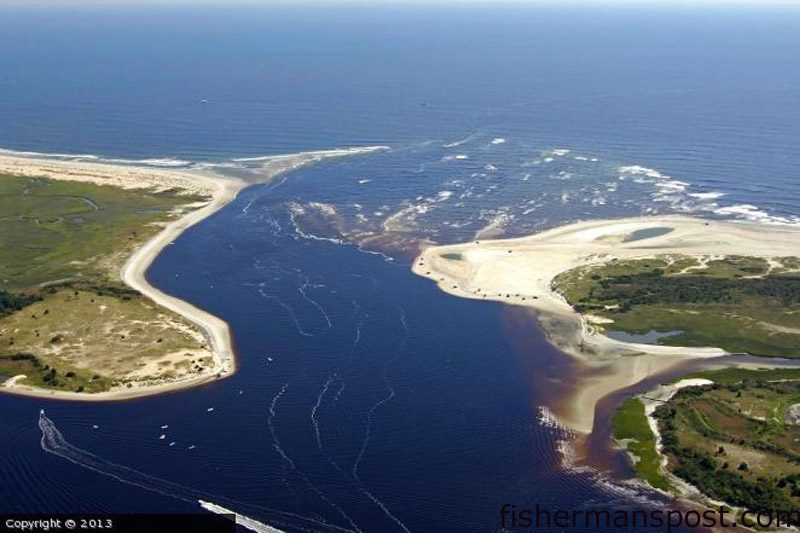Fishing Platforms – Dredging Dollars

Carolina Beach Inlet requires significant maintenance dredging on an annual basis to maintain a channel that local fishermen and pleasure boaters can use to access the ocean. With federal funding for inlet maintenance a thing of the past, state and local entities are responsible for funding their own inlet dredging.
With federal funding for shallow-draft inlet maintenance gone the way of Prohibition, communities that depend on reliable access to the ocean are forced to work out how they’ll keep their inlets navigable on their own.
The Carolina Beach Inlet Association—formed by a group of local anglers, politicians, and property owners in response to the erosion of federal dollars—is one group doing something about it. The organization was instrumental in the passage of a new state law that provides for matching funds for communities trying to maintain their inlets, and they are now trying to drum up support for generating the funds locally to qualify for the matching dollars.
At a late November meeting, members of the Carolina Beach Inlet Association presented studies, facts, and numbers to a host of local and state representatives to impress upon them the badly-shoaled state of the inlet, the socioeconomic importance of a navigable inlet to the area, and the urgency with which funding mechanisms to support ongoing inlet dredging must be created.
The bridge over Snow’s Cut leading to Carolina Beach is under construction and reduced to one dodgy, roughshod lane, and Capt. Robert Schoonmaker of the Inlet Association used it as an illustration of the inlet’s state.
“Everybody had to drive over Snow’s Cut Bridge to get here tonight, right?” Schoonmaker queried the lawmakers. “Driving over that bridge is like going through inlet right now, and it’s only getting worse.”
Currently, through some emergency funding, New Hanover County and the municipalities within have come up with $225,000 for the inlet in the next fiscal year, qualifying for matching money from the state for a total of $450,000. While it’s certainly a start, it’s less than half the $1 million that the federal government used to allocate for Carolina Beach Inlet’s maintenance. After that, there’s no funding earmarked for the inlet, and Schoonmaker and other Association members urged the local politicians to create mechanisms for permanently funding the inlet and void losing the state’s matching money.
“Oregon Inlet is now trying to get into the shallow draft inlet category,” Schoonmaker went on, “and they never were in the past. If we don’t come up with the money, I’m sure they’d be happy to take that state money.”
Among the statistics in an NC Sea Grant study presented at the meeting were that through the fishing industry alone, every dollar spent on dredging Carolina Beach Inlet is paid back tenfold in the economic activity the inlet supports.
“And it’s not just fishermen and boaters,” Schoonmaker explained, “so that number is really more like $15-20 per dollar. Think about gas stations, hotels, restaurants, and all that. Waterfront property values would drop if we lost the inlet, too.”
He offered several options for people interested in joining the fight to maintain the inlet. Writing letters to local representatives to urge them to find permanent funding for the inlet was high on the list, as was writing state legislators to thank them for passing the bill creating the matching funds. Joining the inlet association will also help out, and their website can be found at www.carolinabeachinlet.org and on Facebook.
Carolina Beach isn’t the only inlet in the state that will need to find money for dredging and maintenance in the coming months and years, and despite the potential competition for state funds, Schoonmaker said the Carolina Beach Inlet Association would be more than willing to help out parties trying to secure funding for other NC inlets.
For more information about the inlet, the association, the challenges ahead, and the successes in the past, check out the website or call Capt. Robert Schoonmaker at (910) 264-1807.
